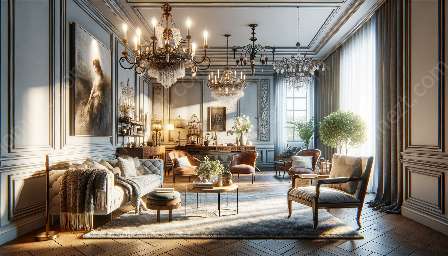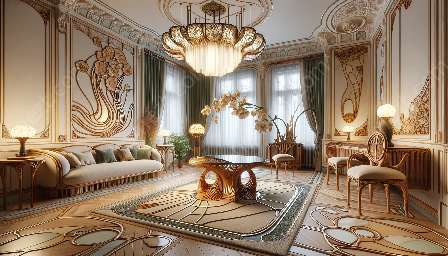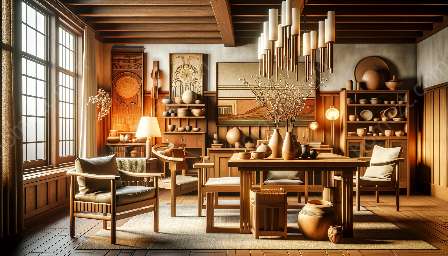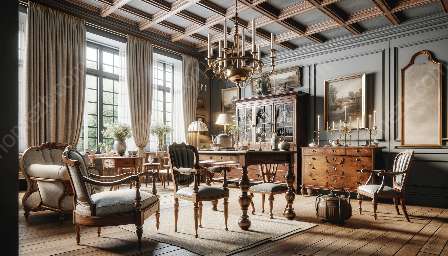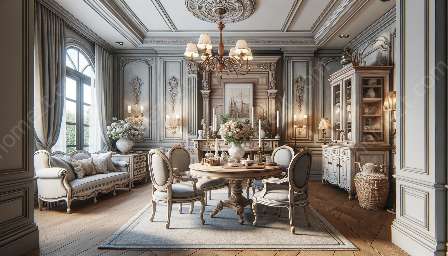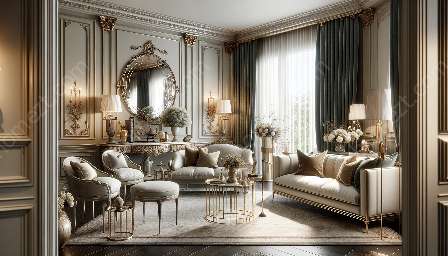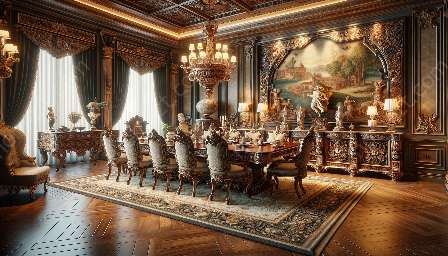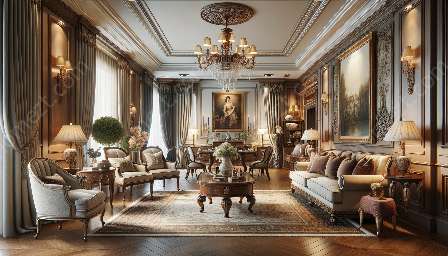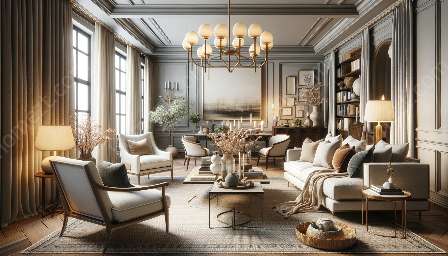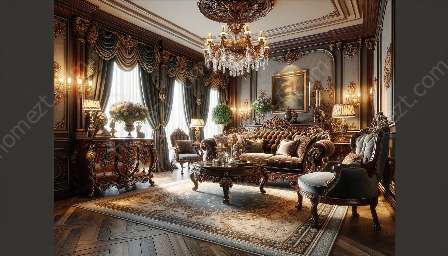Antique furniture styles offer a captivating glimpse into the craftsmanship and design sensibilities of bygone eras. From the ornate elegance of Rococo to the sleek lines of Art Deco, these timeless pieces continue to influence contemporary home furnishings. By delving into the intricate details of various antique furniture styles, you can gain a deeper appreciation for the artistry and history behind these timeless pieces.
History of Antique Furniture Styles
Antique furniture embodies the essence of different historical periods, with each style reflecting the prevailing artistic and cultural influences of its time. For instance, the Renaissance period gave rise to intricate carvings and opulent ornamentation, while the Georgian era introduced more refined and symmetrical designs. The Victorian era, on the other hand, embraced richly embellished furniture that exuded a sense of opulence and grandeur.
Exploring Antique Furniture Styles
1. Queen Anne: Named after the 18th-century English monarch, Queen Anne furniture is characterized by graceful curves, cabriole legs, and refined details. This style exudes a sense of elegance and sophistication, making it a timeless choice for traditional and transitional interiors.
2. Chippendale: The Chippendale style, named after the renowned English cabinetmaker Thomas Chippendale, is known for its elaborate carvings, fretwork, and ball-and-claw feet. This style often incorporates Chinese and Gothic influences, creating furniture pieces that are opulent and exquisitely detailed.
3. Rococo: Rococo furniture, originating in 18th-century France, is celebrated for its lavish ornamentation, asymmetrical designs, and gilded accents. This style embodies a sense of luxury and flamboyance, making it a popular choice for those seeking to infuse their interiors with Baroque-inspired opulence.
4. Art Nouveau: Art Nouveau furniture is characterized by its organic forms, sinuous lines, and nature-inspired motifs. This style emerged in the late 19th century, embracing a blend of craftsmanship and artistic expression. Art Nouveau pieces often feature intricate inlays and decorative elements, reflecting a departure from traditional, academic styles.
5. Art Deco: With its sleek lines, geometric shapes, and luxurious materials, Art Deco furniture embodies the glamour and sophistication of the 1920s and 1930s. This style is synonymous with bold design statements, embracing the use of mirrored surfaces, exotic woods, and streamlined silhouettes.
Influence on Home Furnishings
The enduring appeal of antique furniture styles extends beyond their historical significance. These timeless designs continue to inspire contemporary home furnishings, enriching interior spaces with a sense of heritage and elegance. Whether through reinterpretations of classic styles or the incorporation of vintage elements, modern homes benefit from the timeless allure of antique furniture.
By integrating pieces inspired by antique furniture styles, homeowners can infuse their living spaces with a sense of history and sophistication. Whether it's a Louis XVI-inspired armchair or an Art Deco-inspired cocktail table, these pieces serve as focal points that evoke a sense of timeless glamour and refinement.
Embracing the Timeless Appeal
As the adage goes,

